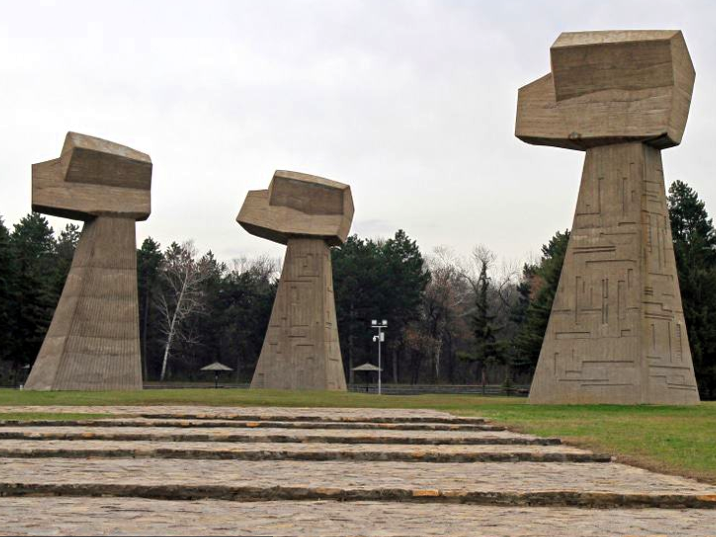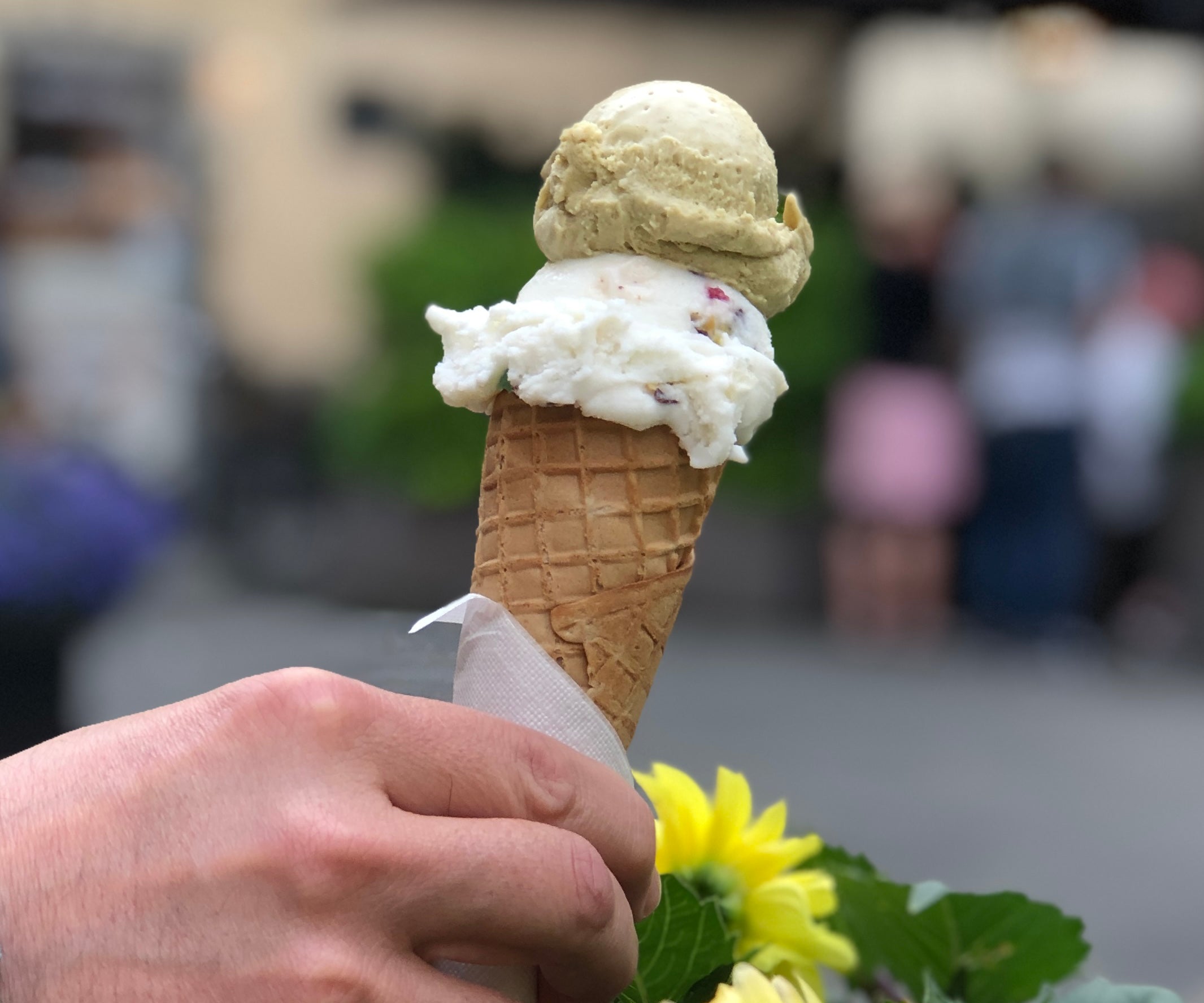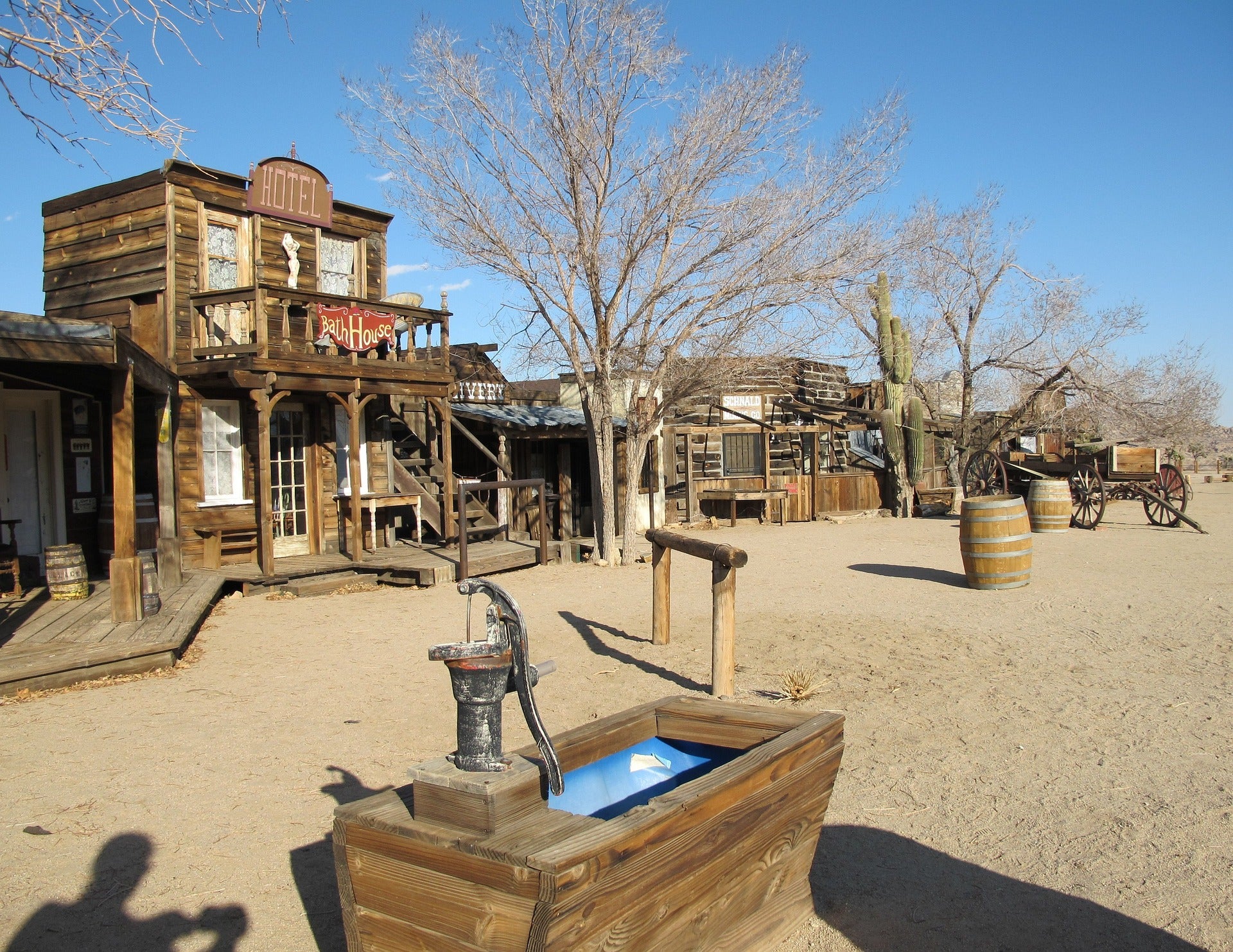I have been in Serbia a total accumulation of a couple of years now. When someone is coming to Serbia, I always recommend Niš. This is just a snippet of why.
Niš is a must-see for anyone who appreciates history. It was home to several Roman emperors, and Constantine the Great was born there. Throughout its centuries-old history, Niš has served as a source of military, cultural, administrative, and art institutions. Despite occupations by some of the biggest empires in history, that resulted in countless battles that sometimes left Niš almost destroyed, the fourth largest city in Serbia remains a city rich in culture, history, food, and art.
Niš has always been between bigger empires, connecting the east and west, especially when the Crusaders needed to go to Constantinople. Today Niš still holds that significance not only by roads but by the easy and accessible four-hour bus ride on public transportation from Belgrade. Even more, Constantine the Great International Airport is located a couple of kilometers from the city center, and it is effortless and cheap to take a cab to the city center. Also noteworthy is how affordable a plane ticket is from many European cities to the airport in Niš: making it a very affordable quick getaway vacation for a couple of days, or even as a day trip when passing through on the way to Macedonia.
Here are some top historical sites to see in the city.
Niš Fortress and Skull Tower

 This was the most expensive loss for the Turks in the whole of the first Serbian Uprising and the Sultan of the Ottoman Empire was angry. He ordered his men to collect the Serbian skulls and fill them with hay. Over a thousand stuffed skulls were ensconced in a wall at the entrance to Niš, so that everyone entering Niš or passing through to Constantinople could see it and be deterred from doing anything similar.
This was the most expensive loss for the Turks in the whole of the first Serbian Uprising and the Sultan of the Ottoman Empire was angry. He ordered his men to collect the Serbian skulls and fill them with hay. Over a thousand stuffed skulls were ensconced in a wall at the entrance to Niš, so that everyone entering Niš or passing through to Constantinople could see it and be deterred from doing anything similar.Today, there remain around ninety skulls in a wall that are protected by glass and kept in a small room. If you are at the Fortress, go and get a ticket from the ticket center. From there you can walk right in and learn more about who the Serbs know as, the fallen heroes of their time.
Red Cross Concentration Camp Museum and Memorial Park
In 1941, the Germans invaded and occupied all of Yugoslavia. They set their government in Niš because of its strategic position for railways and roads. A concentration camp for Serbs and Jews was set up. It is estimated that more than 10,000 people died there.
In a sign of defiance, 115 prisoners escaped the concentration camp on the eve of Feb. 12th, 1942. Unfortunately, the retaliation from the Nazis was swift and brutal. They executed 1,100 people.
Today there is a museum that talks about this history. Bubanj Park Memorial Park now sits on the site of many of these executions. Five giant marble monoliths, measuring 23 x 2.5m are erected in the Park as a symbol of the progression of the war. Their size is impactful against the vast scenery.
Memorial for the Victims of the 1999 NATO Bombing
On the other side of the river, a little past the fortress, there is a memorial with flowers surrounding it in a small park. This is a memorial to the victims of the 1999 NATO bombing that took place against Yugoslavia. Bridges, as well as the airport, were bombed. Cluster bombs hit the airport and flew as they broke apart and they hit the city center of Niš, killing several, including a pregnant woman who was just walking down the street.
Jazz Music

Between battles and occupations, Niš was, and still is today, a major cultural city in the Balkans.
If you are lucky enough to come to Niš in August, you should spend an extra day or two at the world-famous Nišville Jazz Festival. It is held every year during this time—jazz musicians from all over the world, the Balkans, and Europe to play in Niš Fortress.
The most famous musician from Niš was Šaban Bajramović. Born into a poor, Romani family, he dropped outdoor primary school after a few years and played music on the street to earn money to support his family. At 19 years old, he dodged military service and was sentenced to prison. When he was there, he continued to play music and eventually made it to the prison orchestra where they played international jazz favorites of the time. When he got out of prison, he was able to pursue a music career and became world-renowned in music, television, and film.
Today his statue overlooks the fortress across the Nišava River. It is a great place for taking in the view, snapping a picture, and continuing on a river walk.
A quote scene inside the concentration camp museum states “We were killed but never shot and never subdued. We crushed the darkness and paved the way for the sun”. Niš is a resilient city and has never stopped building, rebuilding, and shining whenever the opportunity comes.
Unfortunately, its biggest asset, accessibility, has been used against its people too many times. Today, its airport opens the door for many people in Europe to take advantage of affordable flights. The city itself is very walkable with all of these major attractions being accessible by foot. Making Niš one of the best places in Serbia to see in a short amount of time.
Author: Jai Schmidt




